There’s a good chance you know a fact or two about the artefact called the Rosetta Stone – namely that, because it was inscribed with a single message written in three different scripts, its discovery allowed archeologists to decode ancient Egyptian hieroglyphs. Or you might have heard that the new Grand Egyptian Museum has been calling for the artefact to be returned to its homeland. However, you may not know some of the most basics facts about the object. For instance, what was its purpose, and what did it actually say? In this video, Ilona Regulski, curator of Egyptian written culture at the British Museum in London, walks viewers through the stone and its ‘decree’, issued during the Ptolemaic dynasty in 196 BCE. In doing so, she reveals how this ancient stele, first unearthed in 1799, was just the first of many copies that have been found throughout Egypt, and what its message can tell us about the transitional period in which it was written. The video supports the exhibition ‘Hieroglyphs: Unlocking Ancient Egypt’, which runs at the British Museum through to February 2023.
What did the Rosetta Stone’s inscription actually communicate?
Video by the British Museum

videoArchaeology
What’s an ancient Greek brick doing in a Sumerian city? An archeological investigation
16 minutes

videoArchaeology
How researchers finally solved the puzzle of the oldest known map of the world
18 minutes

videoArchaeology
What did the first people who entered Tutankhamun’s tomb see?
5 minutes

videoThe ancient world
How writing began, and other unexpectedly funny stories about cuneiform
39 minutes
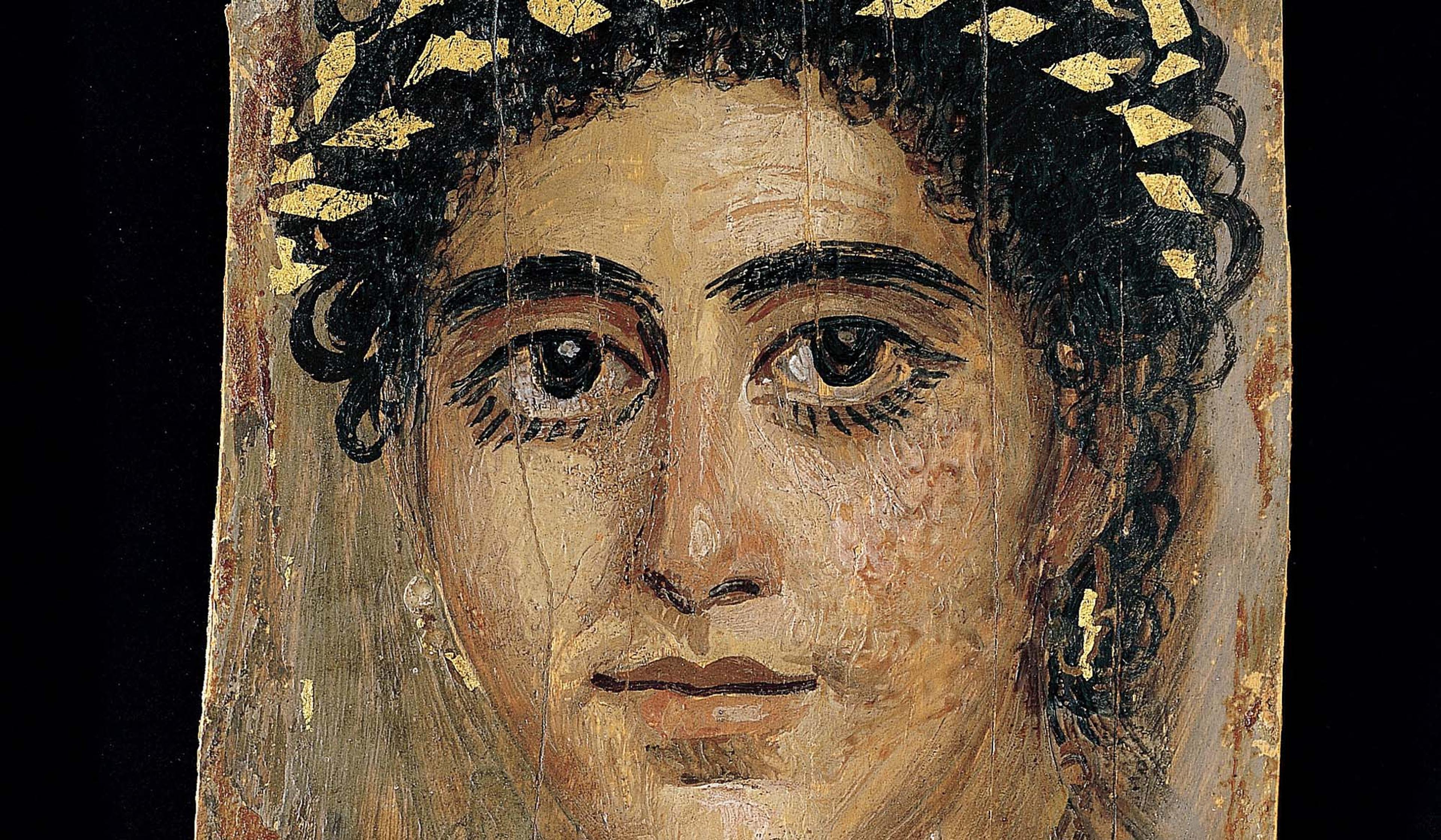
videoThe ancient world
Haunting dispatches from the edge of the Roman Empire, just before its collapse
15 minutes
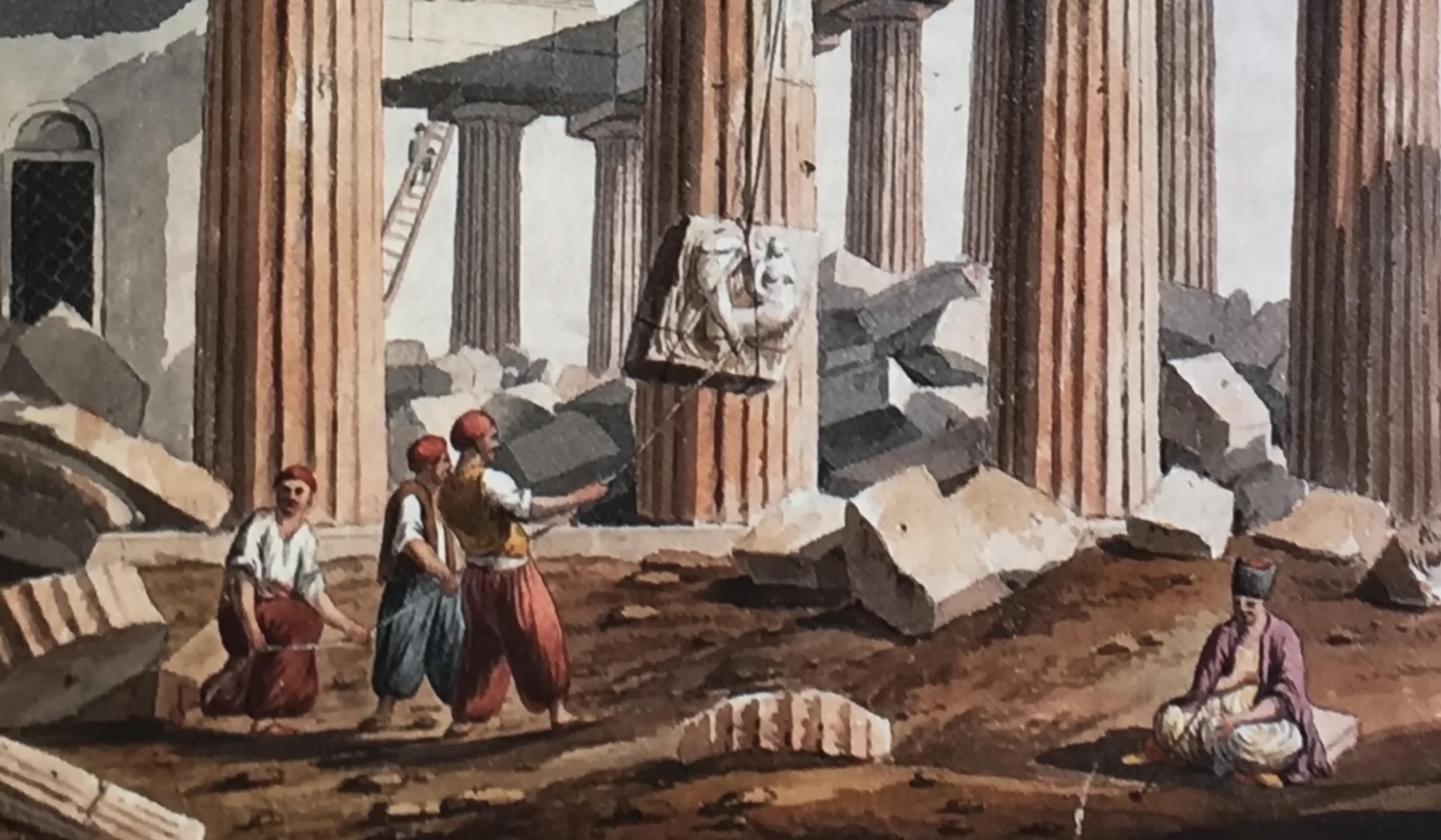
videoGlobal history
The strange journey of the Parthenon Marbles to the British Museum
10 minutes
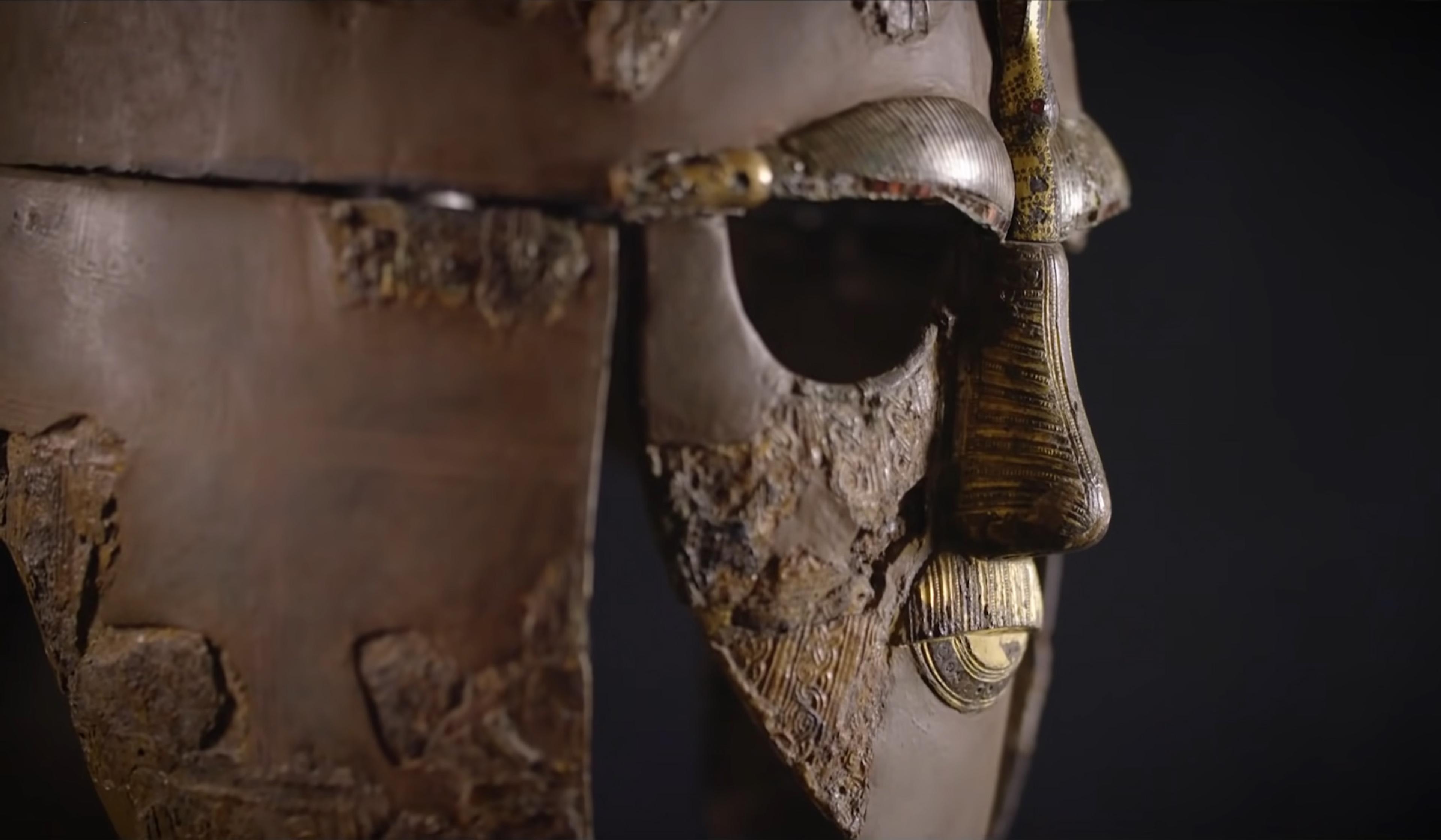
videoArchaeology
The meanings and mysteries of the iconic Sutton Hoo helmet brought vividly to life
19 minutes
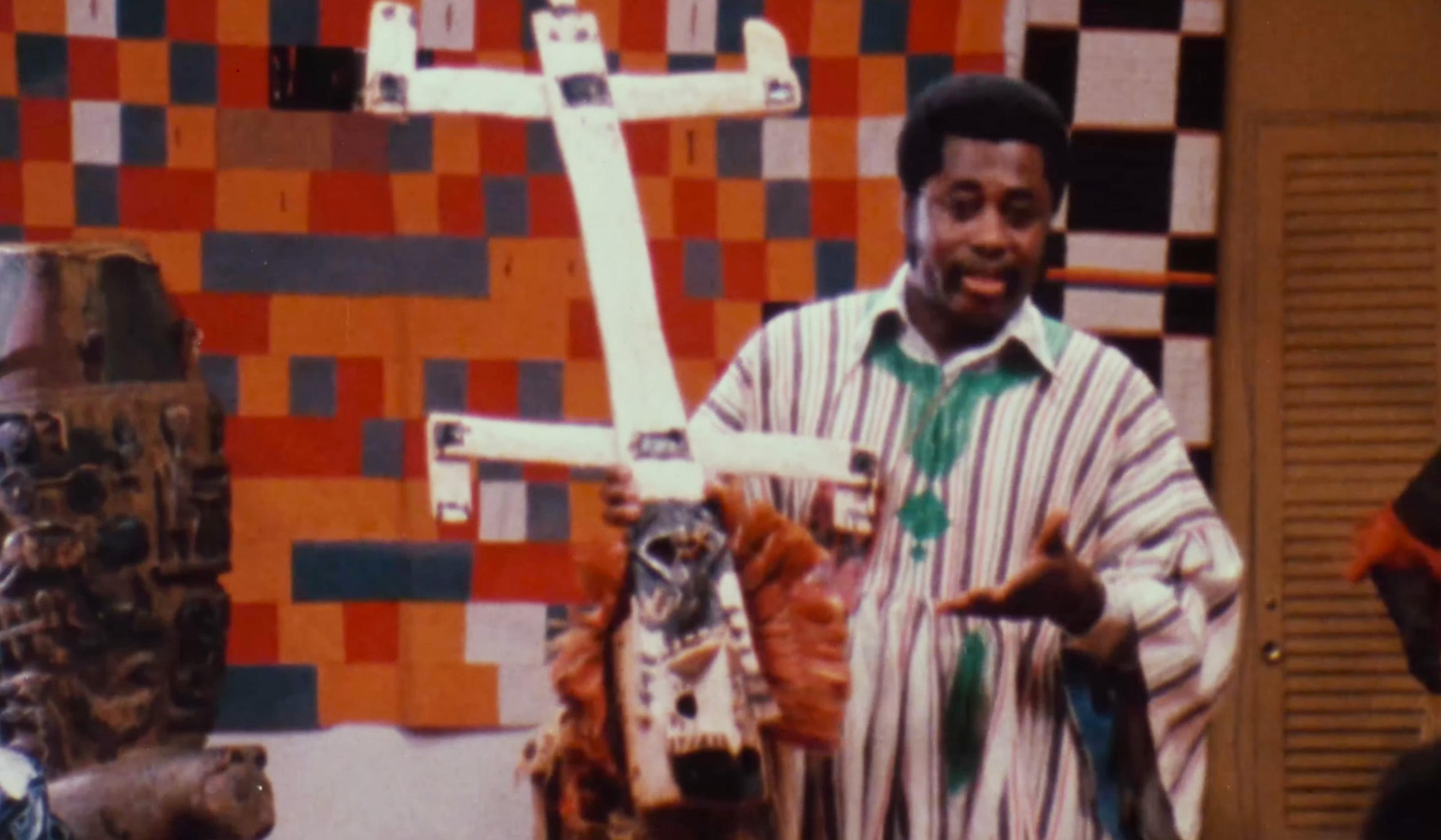
videoArt
From archaeology digs to display cabinets: how museums bring exhibits to life
37 minutes
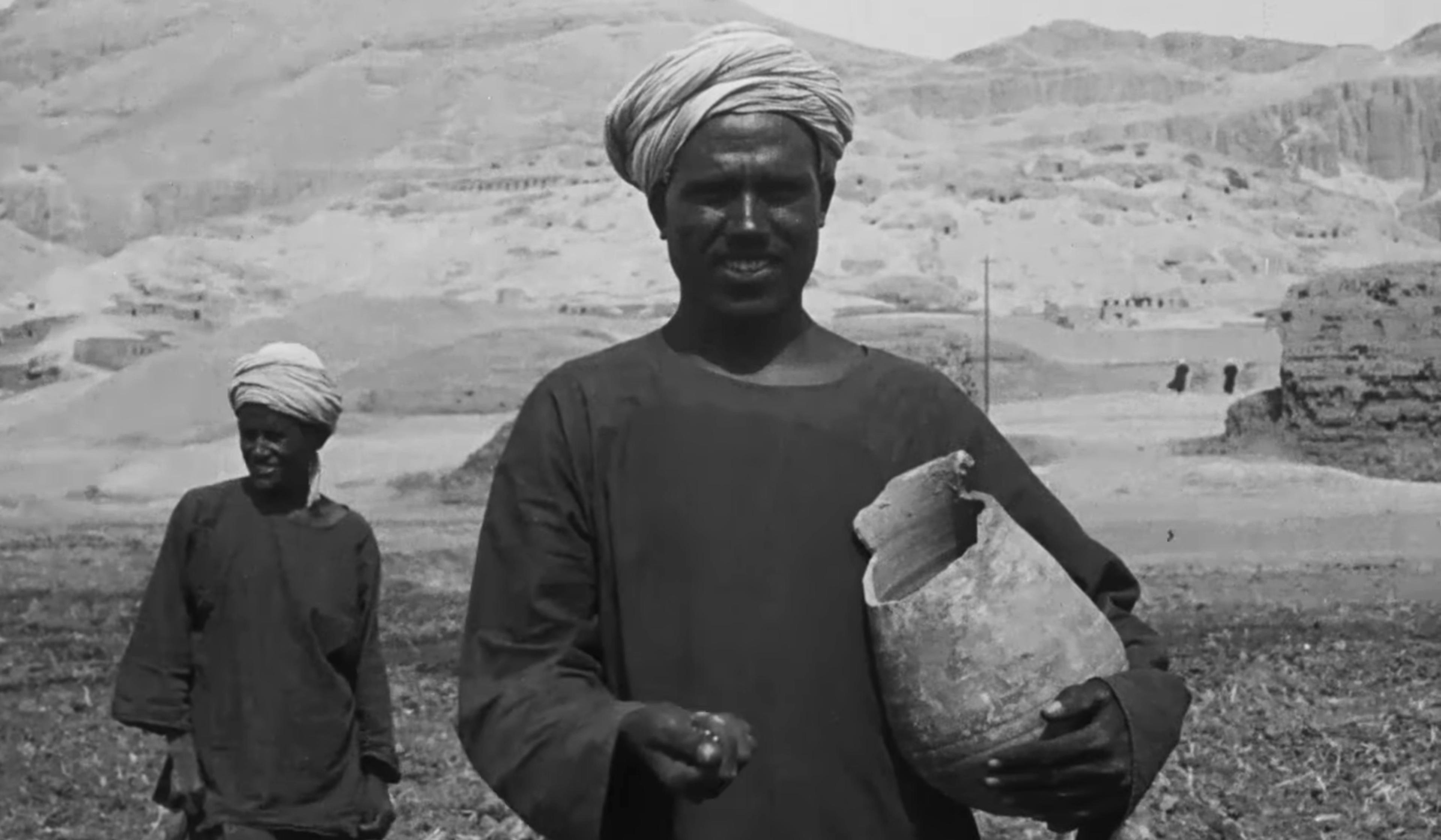
videoAnthropology
Stunning century-old footage of the Nile valley carries echoes from the ancient past
27 minutes